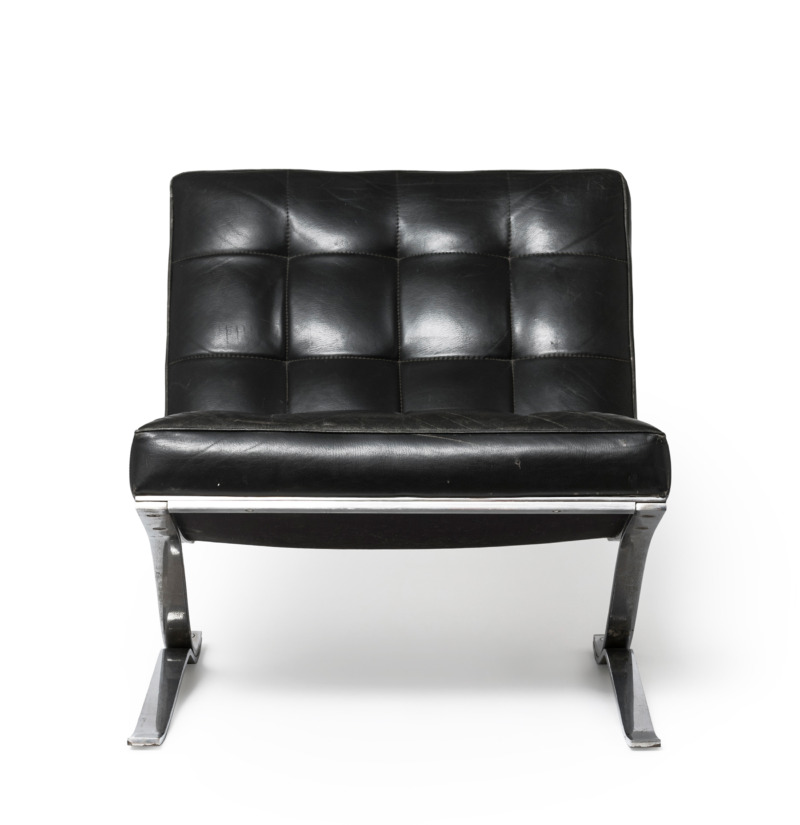The “Puck” portable radio dates from the early phase of product design in the GDR.
It was designed in 1951 by Albert Krause at the Institut für industrielle Gestaltung (Institute for Industrial Design) in Berlin. However, it only went into production in 1958, the same year that the SED leadership under Walter Ulbricht decided to expand the country’s chemical production under the slogan “Chemistry gives bread, prosperity and beauty”. Consequently, the new synthetic material Meladur was used in the production of the portable medium-frequency receiver, which was also available in red and green.
Finally, the clear, unadorned form of the lines and grooves, which were also adopted on the controllers, can be traced back to Albert Krause’s apprenticeship at the Institut für industrielle Gestaltung. His teachers included the Dutch architect and designer Mart Stam, who worked at the Bauhaus and in the Soviet Union during the interwar period and wanted to incorporate this functional modernism into the construction of socialism in the Soviet zone and the early GDR after the war.
The project of transferring interwar modernism to the self-declared workers’ and peasants’ state was soon aborted – Stam was eventually labelled a “formalist” by the GDR leadership and removed from his post as director of the institute in 1952.
Political and above all economic pressure, however, led to a renewed opening of GDR cultural policy at the end of the 1950s, at least at the level of product design.
The radio thus combines the functionalist formal aspirations of the Werkbund and Bauhaus with the desire of the GDR leadership and designers like Albert Krause to counter the West German “economic miracle” with socialist consumption through plastic. In doing so, the new products were not only supposed to imitate the old materials: a modernity made of plastic was to be created.
The modern tendencies in the early years of the GDR are presented until the beginning of August in the special exhibition “the early years”.

